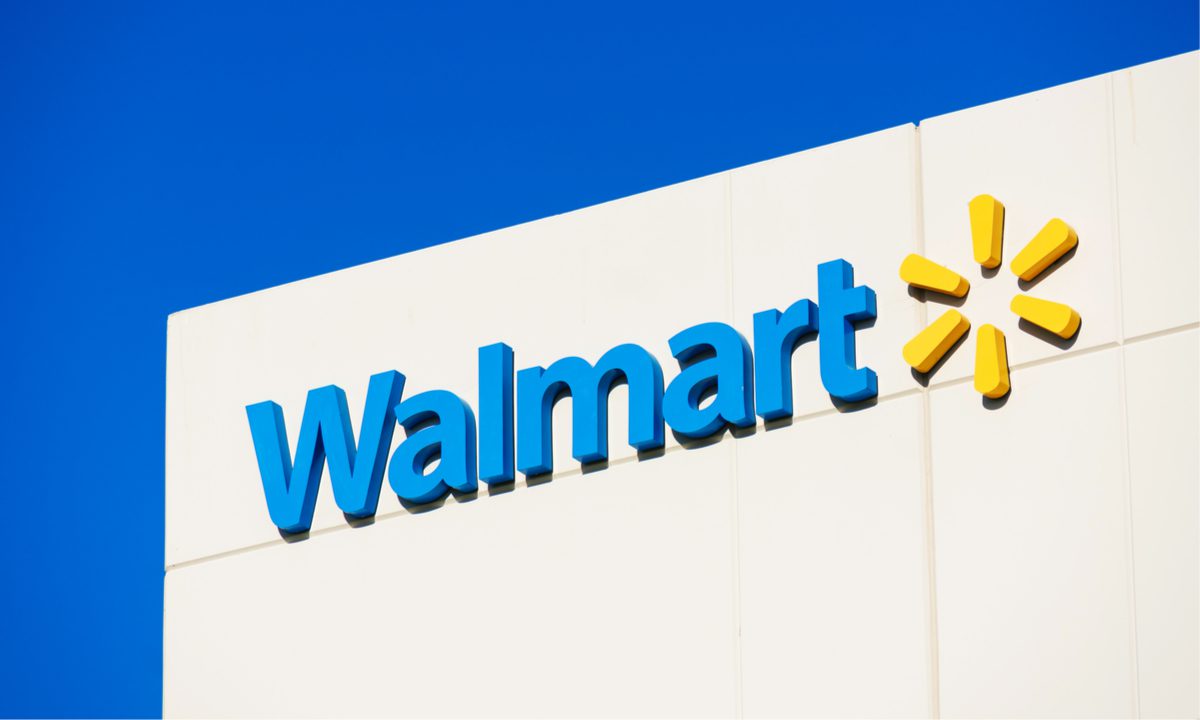7 Ways Walmart Enters 2023 as a Different Digital Retailer

Walmart enters 2023 a changed company, redefining and expanding omnichannel retailing for the post-pandemic era.
The Arkansas-based operator of over 10,000 stores globally and over 4,700 in the United States has spent years in a retail arms race with archrival Amazon and has been seen as trailing the eCommerce giant, putting many of its 2022 moves in context.
It could be argued that Walmart’s transformation is working — or at least has found believers on Wall Street.
As proof, here are seven ways that Walmart changed things up this year and will start 2023 on a different footing.
- A Streaming Head of Steam
Using entertainment to increase the value of Walmart+ Memberships, the retailer announced a series of partnerships throughout 2022, starting with six months of Spotify Premium for new and existing members. A coup was its unveiling of the new Netflix Hub at Walmart, offering products based on popular streaming shows. - Walmart — The Digital Shift Version
Stealing some of Amazon’s thunder as a tech mover and shaker, Walmart peppered 2022 with new technology introductions starting in the first quarter with by bringing its Zeekit virtual try-on tech acquisition to the Walmart app and website. With that came the Choose My Model visual rendering tech, all designed to convert more apparel buyers online. Late in the year came the introduction of Text to Shop, letting customers text product reminders that collect in their account for purchase. In a shot across Amazon’s bow, the company announced Walmart Creator, “a one-stop portal that makes it easy for creators to monetize shoppable products from the retailer.” - The Health-Focused Walmart
Leveraging its scale and role as a community center, the retailer’s healthcare ambitions took on fuller proportions in 2022. Expansion of its network of Walmart Health locations adjacent to Walmart Supercenters is expected to see 16 new locations open by the fall of 2023, the company said. On the telehealth front, its 2021 MeMD acquisition was rebranded Walmart Health Virtual Care in May, with efforts focused on diabetes treatment and rural outreach. In September, UnitedHealth Group’s Optum unit teamed with Walmart on a co-branded Medicare Advantage plan in Georgia that debuts in January, among other benefits. The retailer also moved into over-the-counter (OTC) hearing aids in October, ranging from $199 to $999 per pair, and tapping into a total addressable market of nearly 30 million Americans with hearing loss. - Distribution Solution
Early in the year, Walmart turned its stores into market fulfillment centers (MFCs), with inventory separate from that on sale inside stores and instead destined to fulfill orders placed online. As Walmart said in a press release: “Both stores and MFCs are additional nodes in a deeply complex supply chain. The lengthening of that supply chain means quicker delivery.” The partnership with UAV firm DroneUp also took flight in 2022. Walmart said in May that it expected the DroneUp delivery network to be in “34 sites by the end the year, providing the potential to reach 4 million U.S. households across six states — Arizona, Arkansas, Florida, Texas, Utah and Virginia.” - In-Home Delivery Expansion
As the COVID-era home delivery trend entered its third year, Walmart pulled out the stops, announcing in January that it was expanding its InHome delivery service from 6 million households at the time to a goal of 30 million U.S. households by the end of 2022. As part of it, Walmart vowed to hire 3,000 additional associates and “build out a fleet of 100% all-electric delivery vans.” InHome allows associates to enter the consumer’s dwelling and actually place the goods in the fridge and cabinets. - Walmart Weekend
In a year of never-ending sales events, Walmart+ Weekend, the online-only event for Walmart+ members in June that preempted Prime Day, scored a further coup as the PYMNTS report “Walmart+ Weekend: Prime Rival or Trip to the Grocery Store?” noted that “research found that among respondents subscribed to both Amazon Prime and Walmart+, those who are the most cash-strapped preferred Walmart+ Weekend 2022 over Prime Day 2021. Just under half of subscribers living paycheck to paycheck who also face challenges paying bills stated that Walmart+ Weekend 2022 offered better deals, versus just 29% for Prime Day 2021.” - Groceries = Green
As record inflation made groceries a retail battleground, Walmart was well positioned, easily besting Amazon’s comparatively small share of grocery sales and remaining the country’s favored grocery destination, in-store and online. As “Walmart+ Weekend: Prime Rival or Trip to the Grocery Store?” found: “Walmart’s function as an online grocery store came even more into the spotlight on Walmart+ Weekend. Fifty-seven percent of Walmart+ subscribers who shopped during the program’s flagship event in June purchased grocery products, versus just 24% of Prime members who did so during Prime Day 2021. This indicates that the biggest impact of Walmart+ Weekend was to incentivize members to stock up on groceries in advance, frontloading essential spending that was already in their budgets to capture discounts.
For all PYMNTS retail coverage, subscribe to the daily Retail Newsletter.
